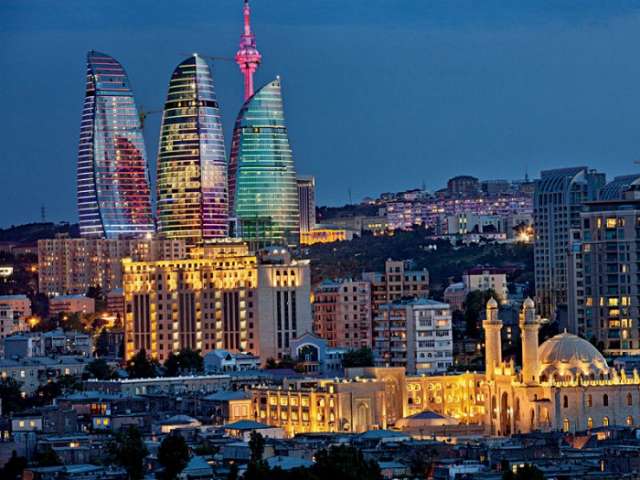Baku Through My Eyes - VIDEO

Evidence of early settlements dating back to the Stone Age has been found in the Absheron Peninsula, including stone carvings from around 12,000 BC. As the settlement grew, Baku became a key staging post on the Silk Road, due to its ideal location at the crossroads between China, India, the Middle East and Europe. This strategic position, along with its political stability and pleasant climate, has made the city a safe haven for travellers and a busy trading centre since the first century AD.
Modern Baku occupies a rectangular area of around 2.2 thousand square kilometres, with much of the road network following a grid structure. Since independence in 1991, the cityscape of Baku has changed significantly, as office towers, ultra-modern apartment blocks, hotels and banks have emerged to meet the demands of the capital’s growing and well-educated population. Commuters and tourists alike benefit from recent large-scale investments in the suburban rail network and the city’s road infrastructure. Two new international railways were completed in 2014 - the Baku-Tbilisi-Kars line, connecting Azerbaijan, Georgia and Turkey, and the Baku-China line. These are among 13 transport projects will be ready in time for the European Games which also include upgrades to the metro and bus networks. In addition, a new international airport terminal has been completed in readiness for the Games, which will have major tourism, trade and other economic benefits. Not only is the entire aviation infrastructure being improved, flight schedules are being enhanced and by 2015 there will be flights to 60 airports across 50 cities in 22 countries Bakuvians are known for their warmth, vision, enthusiasm and values, qualities that will be reflected in the for the Games to come.















































